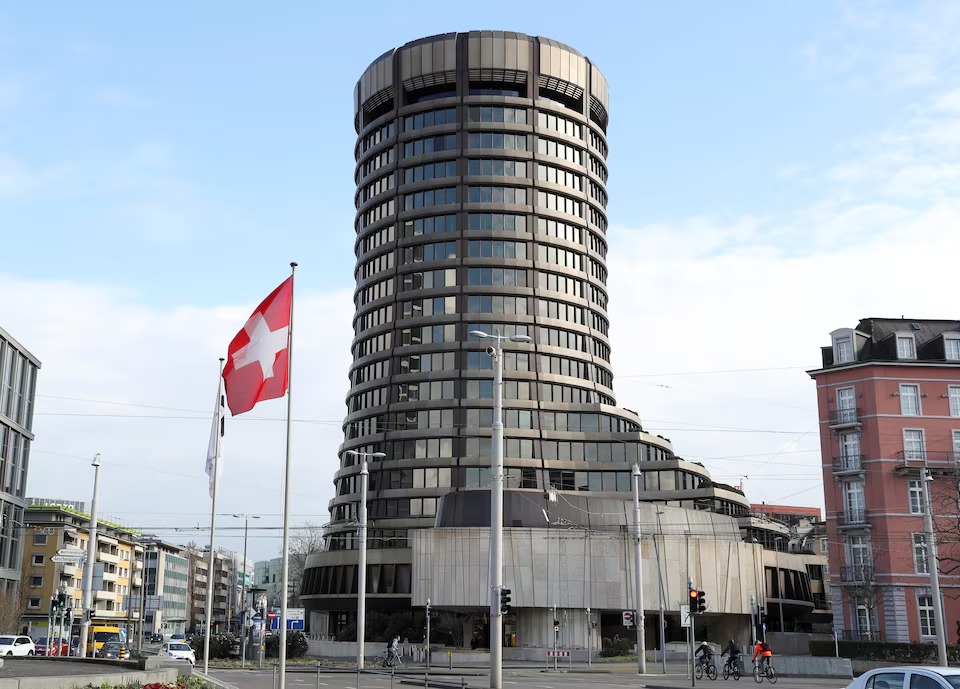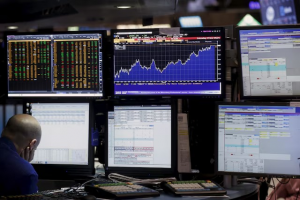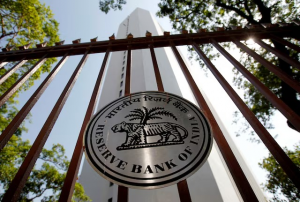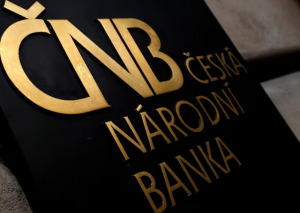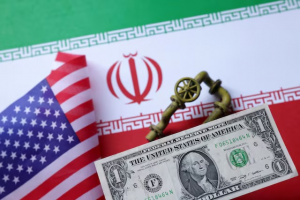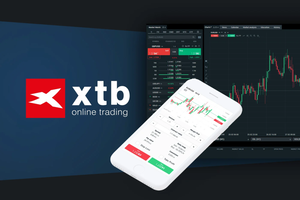The Bank for International Settlements issued its starkest warning yet on the risks posed by stablecoins and urged countries to move rapidly towards the tokenisation of their currencies. The BIS, often dubbed the central bankers’ central bank, outlined its concerns, including stablecoins' potential to undermine monetary sovereignty, transparency issues and the risk of capital flight from emerging economies. The Reuters Tariff Watch newsletter is your daily guide to the latest global trade and tariff news. Sign up here. Advertisement · Scroll to continue
Report This Ad It comes less than a week after the U.S. Senate passed a bill to create a regulatory framework for U.S.-dollar-pegged stablecoins, a move which, if rubberstamped by the House, is expected to fuel a further explosion in their popularity. Stablecoins are a type of cryptocurrency designed to maintain a constant value, usually a 1:1 dollar peg, backed by real-world assets such as U.S. Treasuries or gold. Dollar-pegged coins currently account for 99% of the market, which is estimated to have over $260 billion worth of coins in circulation. "Stablecoins as a form of sound money fall short, and without regulation pose a risk to financial stability and monetary sovereignty," BIS said in a early-released chapter of its annual report due to be published on Sunday.
Hyun Song Shin, the BIS' Economic Adviser, explained that stablecoins lack the traditional settlement function provided by a central bank with fiat money. He likened them to private banknotes circulating in the 19th-century Free Banking era in the United States. It means they can often trade at varying exchange rates depending on the issuer, undermining the no-questions-asked principle of central bank-issued money. "Singleness is either you have it or you don't," Shin said, also warning of the risk of "fire sales" of the assets backing stablecoins if they collapse, as TerraUSD (UST) and the cryptocurrency LUNA did in 2022. There is also the concern around who controls stablecoins. Tether currently has more than half of the overall stablecoin market, but quit the EU following the introduction of new rules which require stablecoin operators to be licensed by the bloc. Obviously, we've got a lot of presence in the Middle Easف

